„The holiday period ended and my yacht was left for 2 months in one of the north ports of Giżycko. Sailors know that it is related to the permanent exposure to strong Autumn winds which may contain many pollutions and enhanced probability of the settlement of algae and lichens on the bottom of the yacht.
That’s what indeed happened to my Twister. When in November I pulled it out from the port basin, sadly I noticed what I had expected – the bottom was almost completely black due to the lichens.
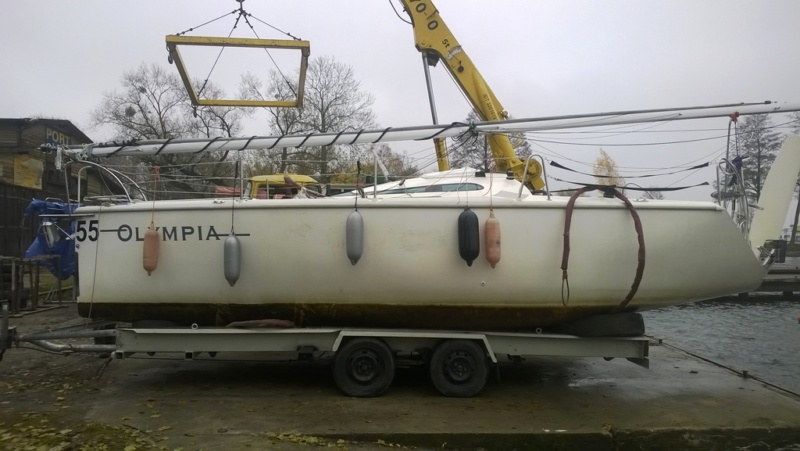
Just before the arrival, on the Internet I was watching products of various companies and I came across C1 Sea-Line – the anti-fouling product. As a rule, I do not trust new products without getting an opinion about them, but a simple description of use and a comfortable sprayer tempted me to buy this product.
While washing the yacht there was a drizzle which made it more difficult to maintain the applied anti-fouling product on the hulk so I continuously had to cover the elements, which I was washing, with a tilt.
At the same time I was hurrying because it seemed that there was going to be a downpour in the evening. In spite of inconvenience and the lack of appropriate equipment (I was spreading the anti-fouling product with a simple brush and the rain was rinsing it), the effect was surprising. Just like it says in the manual, after the second wash, the yacht looked the way it looked like during the regattas – white and fragrant. Anti-fouling C1 is an excellent product for a very affordable price. I have experienced myself that it is worth buying Sea-Line products, therefore during the next season I am going to secure the whole bottom with Sea-Line® S4 Protect Wax.”
We kindly thank Jacek from Warsaw for the materials.
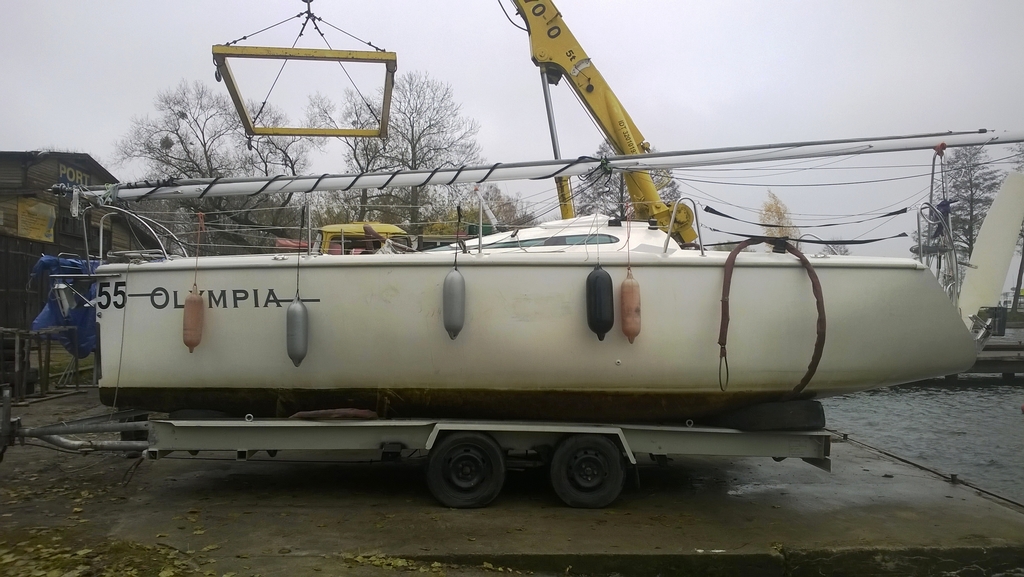
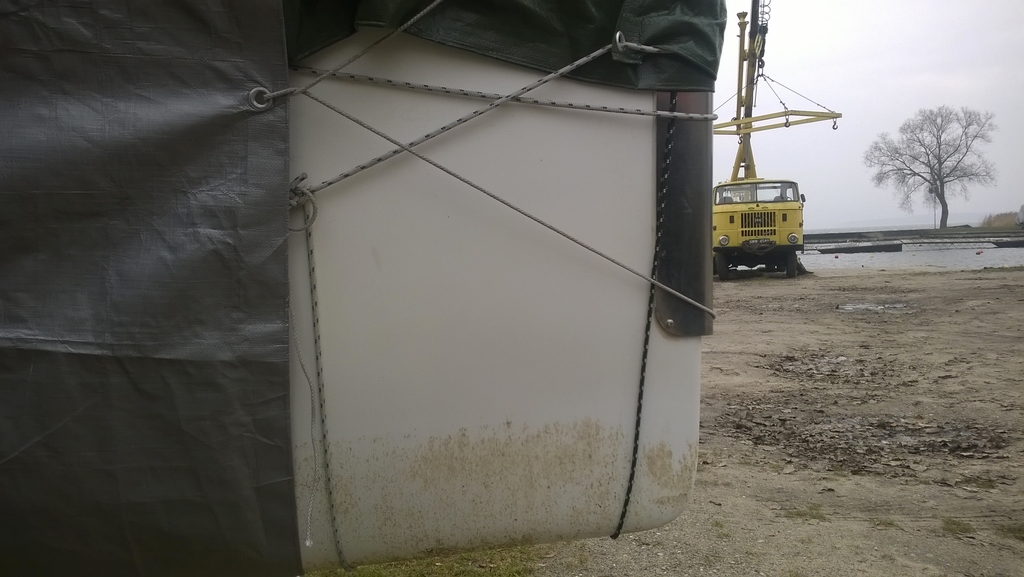
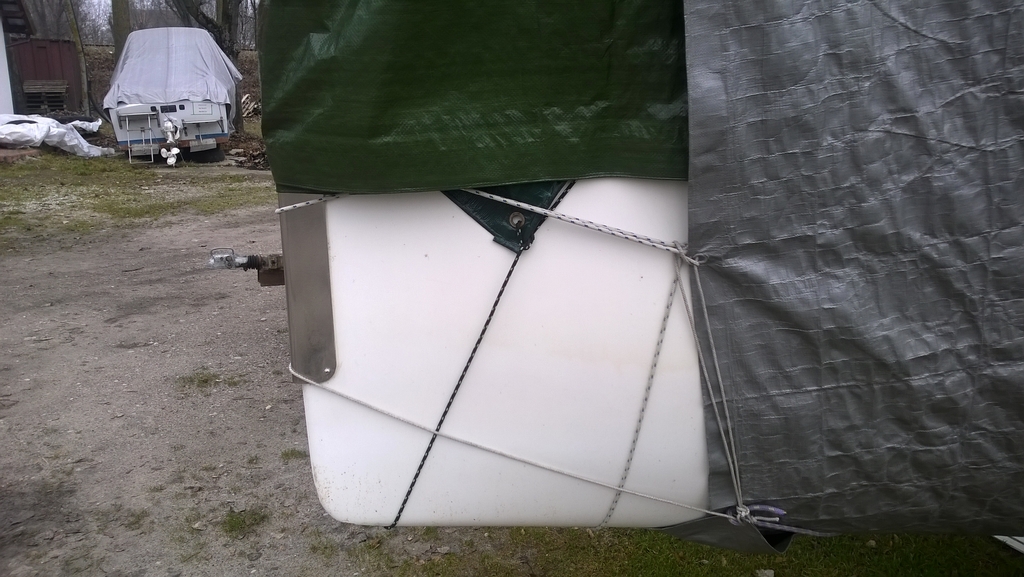
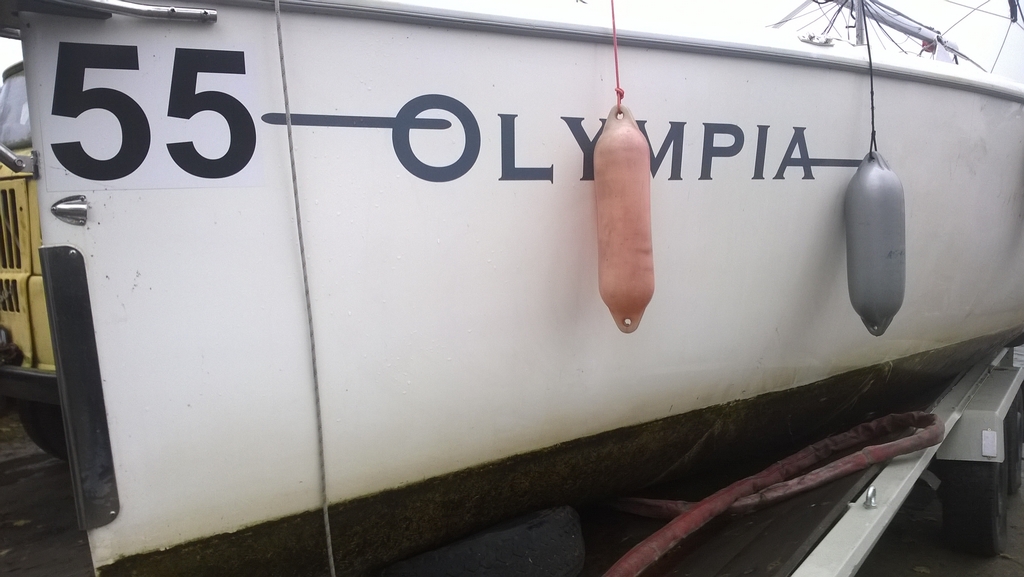
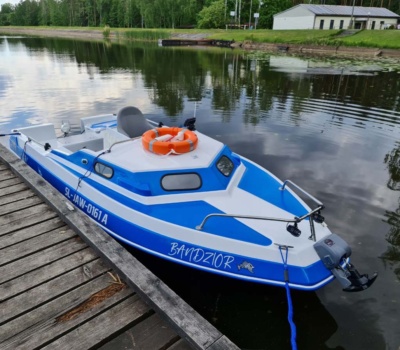
Renovation of the Spanish motorboat Ducauto caribe. “Cut in half, gutted and made according to

Cosmetics Sea-Line use in Polish Army for cleaning and protect Sea Gun AM35 on „ORP
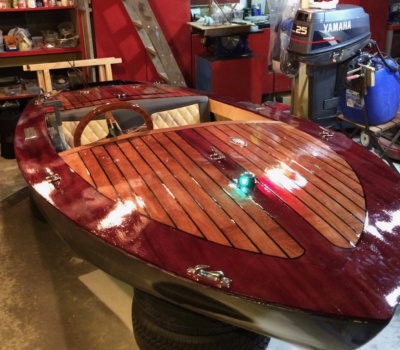
Mr. Wojciech Ceiślik, boatbuilder Glen-L Squirt: „I recommend Sea-Line products to everyone who builds and
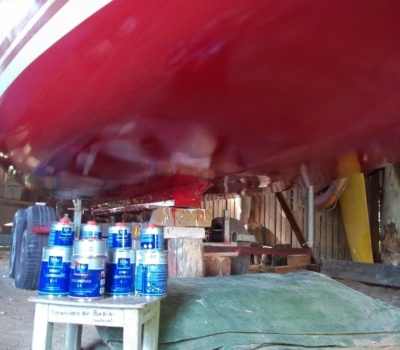
„… It was not easy, hard job on knees with mask and glasses. Feeling like
Sea-Line yacht paints are designed for painting the surface of boats and yachts made of various materials, e.g. laminate, wood or steel. We do not have a certificate of the National Institute of Hygiene, which would allow the use of yacht paint to paint the tank with drinking water.
Yes, you can paint the bottom of the boat with polyurethane paint due to its high mechanical strength. We recommend this solution when the boat is not launched for a long time and is not exposed to fouling.